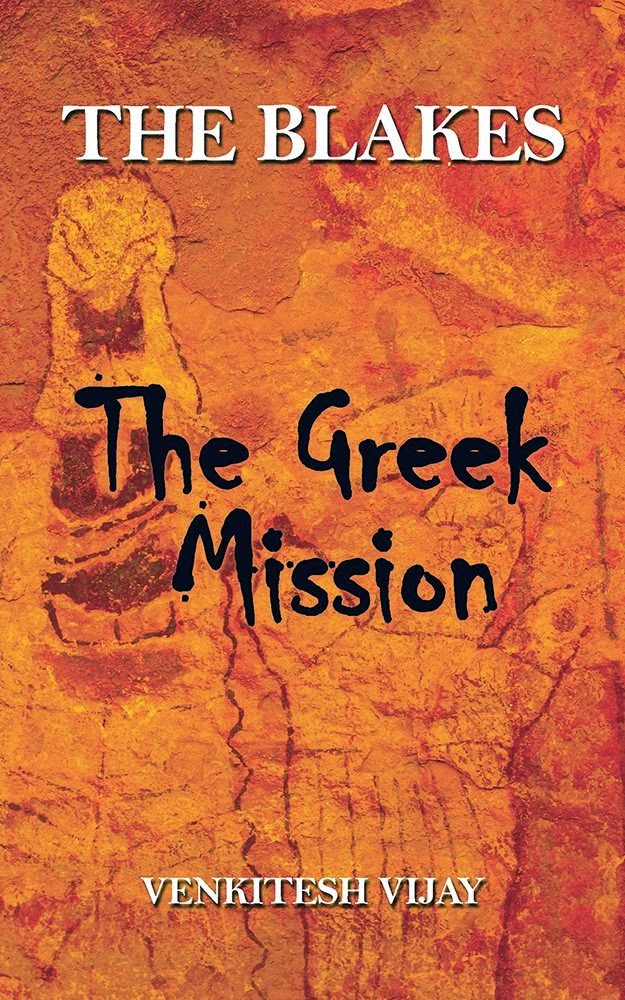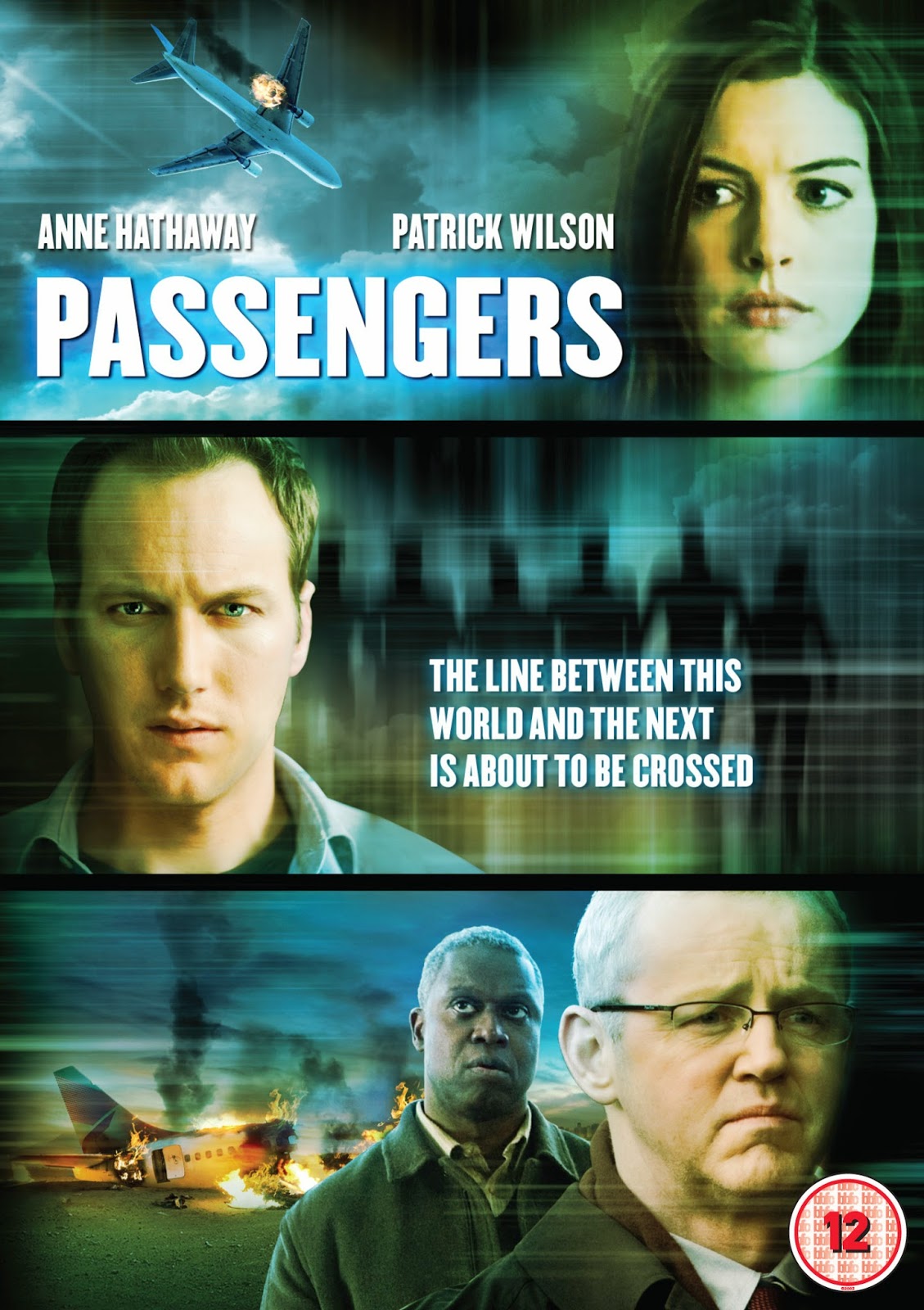I open the score in the new year with forgotten books at
Todd Mason’s blog Sweet Freedom, this Friday, with two fairly readable short stories revolving around dead bodies.
Smothered in Corpses
by Ernest Bramah, 1912
“But as I glanced back
at the corner of the disreputable street, I saw a face charged with diabolical
hatred watching me from the grimy window of the room I had just quitted. It was
the visage of the aged Chinaman…”
‘The End of the Beginning’ is the first of three short
stories in Smothered in Corpses by
English author Ernest Bramah (E.B. Smith). It is a murder mystery where the
murder remains a mystery.
One morning John Beveledge Humdrum, a physician from Kensington,
London,
prepares for a breakfast of bacon and eggs and instead is served up with a doubled-up
corpse of a well-dressed young man inside his bookcase. The doctor recalls
the events of the previous evening when a heavily-veiled woman in a luxury
car had taken him to a poor tenement to treat a young boy who had swallowed a
bone button. There Humdrum met a villainous-looking Chinaman with a pigtail. As
the physician left the slum, a loud explosion destroyed the house and a singed
pigtail fell at his feet.
Is there a connection between the corpse inside his bookcase
and the Chinaman and the explosion?
Before Humdrum can gather his thoughts, he is brought into
the present with the sudden appearance of Erratica,
a beautiful young girl who appeals to the doctor to save her from her enemies. She
opens the door of the bookcase, flings the corpse on the dissecting table,
takes its place, and closes the door after her.
The “enemies” on her tail is, in fact, Inspector Badger of
the Detective Service, an old acquaintance of Humdrum, come to inform him of
the murder of the prima donna he’d met the previous evening—Senora Rosamunda de
Barcelona, a famous Spanish singer—who was found dead with eleven stab wounds,
a bone button wrapped in the doctor’s prescription, and a yard of pigtail tied
round her neck.
After the inspector leaves, he opens the bookcase only to
find it empty and on his dissecting table the corpse of an elderly Italian
anarchist he’d met a month ago, instead of the body of the young man.
‘The End of the Beginning’ is an absurd story but a
well-written one. As I said, it is one of three stories—the other two being
‘In the Thick of it’ and ‘The Beginning of the End’ also concerning John Humdrum—that Ernest Bramah carved
out of a 120,000-word manuscript so as to participate in a short
story competition of not more than 4,000 words each. This explains the
absurdity of the tale. The three stories are part of The Specimen Case, a collection of many stories.
I thought the experiment was as ingenious as the story. This
was the second story I read where a murder mystery revolved around a bookcase. On
December 13, 2013, I reviewed The Book
Case, a riveting tale by Nelson DeMille.
Nice Corpses Like
Flowers by Dorothy Les Tina, 1943
The head and shoulders
were part way under the work table, and the thin little coroner was complaining
bitterly as he crawled out, stood up and brushed off his knees.
“Why,” he asked no
one, “do corpses always get themselves in such awkward positions?”
The coroner’s wry comment doesn't help Detective Clint Fleming in his investigation of the murder of Fred Jensen, a young man, who is
found with a florist's knife in his chest and the gilt letter ‘U’ clutched
between his fingers.
Fleming is a sharp, cynical, no-nonsense cop who relies more
on his gut feelings than on his powers of deduction to solve murder cases. It’s
his instincts that enable him to find out who killed Jensen and why.
He questions three suspects, all of them employed in the
floral shop—Pat Murray, a pretty young girl, Jack Unger, a young man possessive
of the girl, and Herb Martin, a short and stocky man with a temper—as well as
its owner Thomas Davies.
What does the ‘U’ stand for? Fleming wonders. Does it stand
for the second letter of Pat's last name, the first letter of Jack’s last name,
or the ‘u’ in murder?
Fleming, who is romantically inclined towards Pat,
finds the truth hidden in the dead man’s secret formula for preserving fresh
flowers and smuggling of drugs in out-of-season flowers.
I enjoyed this short story and particularly the character of Clint Fleming who resembles, in speech, attire, and conduct, the many police and private detectives of mid-20th century crime fiction. This story appeared in Crack Detective Magazine, March 1943.
The Chicago-born Dorothy Les Tina is (was?) a teacher and a writer, and served in World War II, in the Women’s Army Corps as a public relations officer in several posts, including Fort Rucker, Alabama. I haven't been able to find out much about Les Tina or her other works.


























